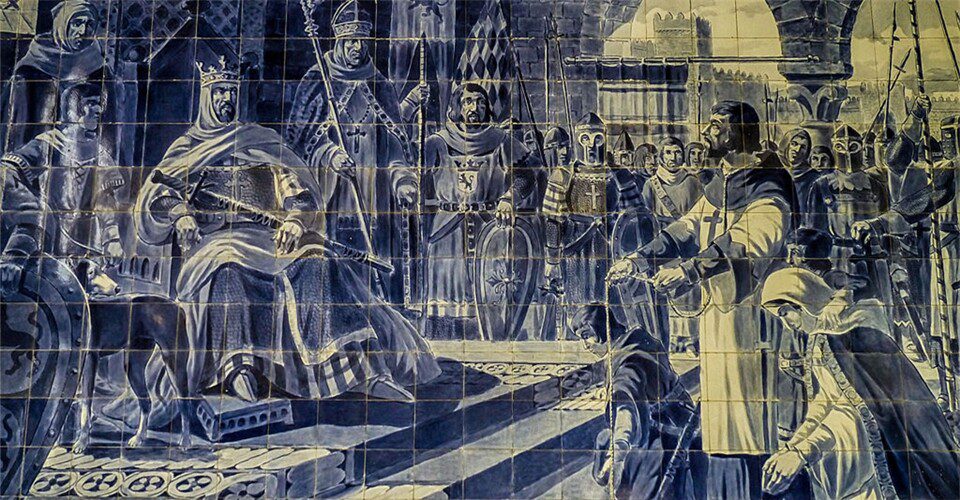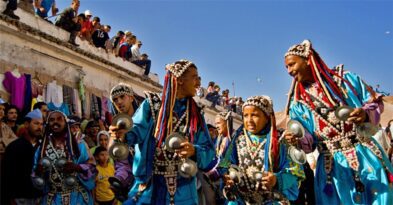Morocco UNESCO World Heritage Sites
Among all remarkable locations in Morocco, nine are deeply steeped in history and hold exceptional universal value unique to the world. The route from Marrakech to Fez and Meknes, passing through El Jadida and Rabat, connects these officially designated UNESCO World Heritage treasures.
UNESCO World Heritage Sites in Morocco
1. The Medina of Fes (1981)
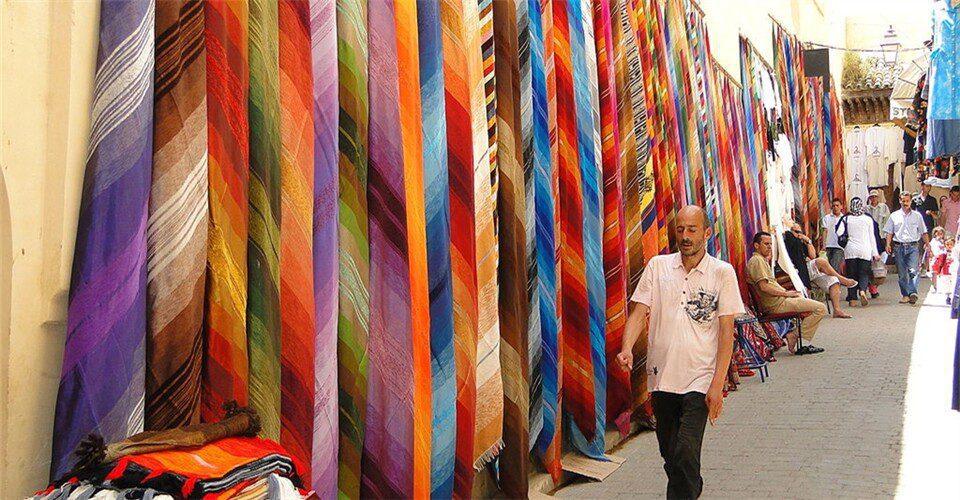
As the oldest of Morocco’s imperial cities, Fez takes pride in being the first in the country to be designated as a UNESCO World Heritage Site.
Founded in the 9th century, the city’s Medina chronicles the early centuries of Morocco’s Islamization through its remarkable architecture, comprising madrasas, souks, mausoleums, mosques, and palaces.
The ramparts of Fez stretch approximately twelve kilometers and feature a series of highly emblematic gates. The Bab Bou Jeloud, for instance, stands as one of the city’s most important entrances—a Moorish-inspired triple-arch structure that has graced the city for over a century.
You will be amazed by the largest Medina in the Arab world, which also represents the largest inhabited and fully functioning historic center. It is a labyrinth of colors, scents, and profound cultural heritage.
2. The Medina of Marrakech (1985)
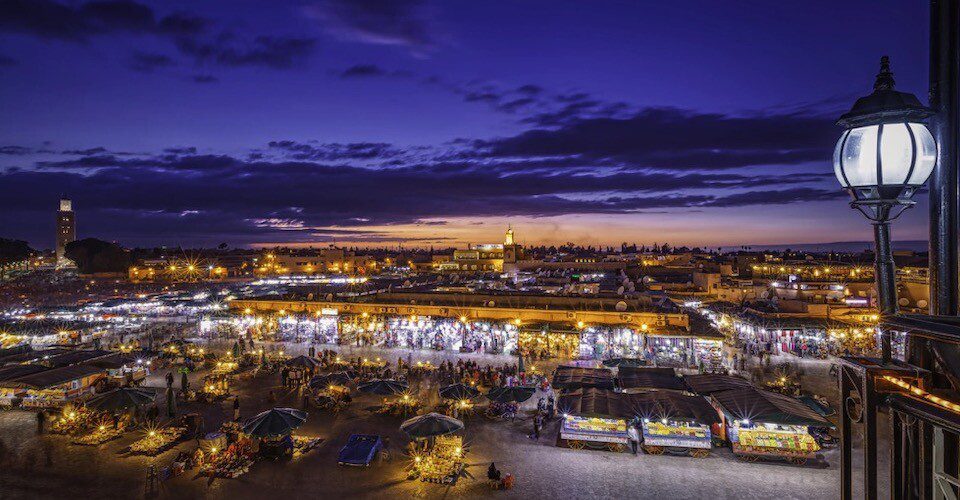
Marrakech is a city rich in history, artistic works, and architecture. For a long time, it served as a political, economic, and cultural hub of the Muslim world. Founded between 1070 and 1072, it was the capital of both the Almoravid and Almohad dynasties. Its Medina is home to grand residences and adorned with numerous mosques.
The city’s exotic charm has captivated many artists in search of diverse colors and sensations. Its Medina, built from beautiful reddish stone, is one of the largest in Morocco and the most populous in North Africa. Within its walls, visitors can discover numerous monuments: the Koutoubia Mosque, the Kasbah, many gardens, and emblematic structures.
The intricate streets hold layers of history, beauty, and culture—as well as abundant nourishment for the stomach! Countless food stalls serve sizzling meat skewers, fresh salads, grilled vegetables, and local snacks. This is a Medina that awakens all your senses.
This endlessly surprising city was officially inscribed as a UNESCO World Heritage Site in 1985.
3. Ksar of Ait Ben Haddou (1987)
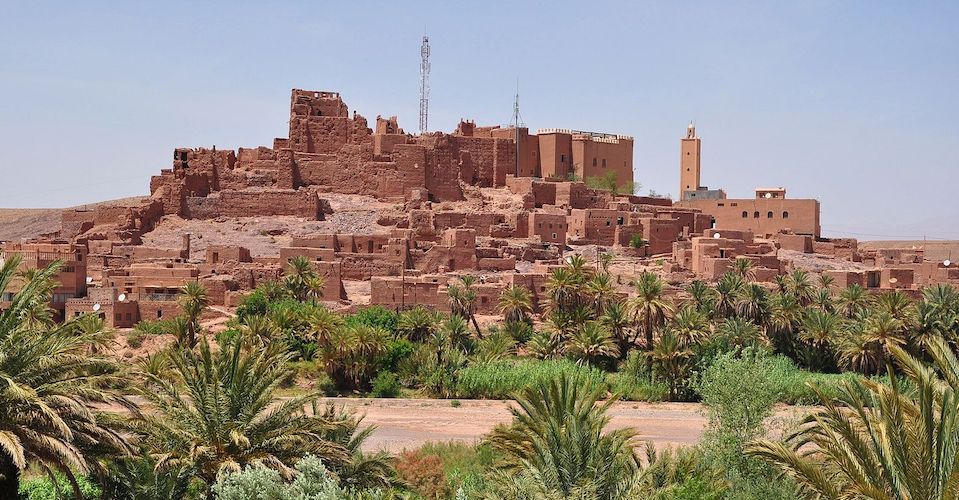
A clay castle with a cinematic silhouette rises proudly from the lands of the Ounila Valley.
Ksar Ait Ben Haddou was constructed in the 11th century and played a significant role on the trade route linking ancient Sudan to Marrakech. Today, the fortified village and its tangled streets bear witness to an era when trading caravans arrived before continuing onward to Sub-Saharan Africa.
Located in the province of Ouarzazate, Ksar Aït Ben Haddou offers a comprehensive view of 11th-century building techniques and represents a perfect synthesis of earthen architecture from Morocco’s pre-Saharan regions.
This architectural gem has served as the setting for many films, including Indiana Jones, Lawrence of Arabia, and Babel, and was officially declared a UNESCO World Heritage site in 1987.
4. Historic City of Meknes (1996)
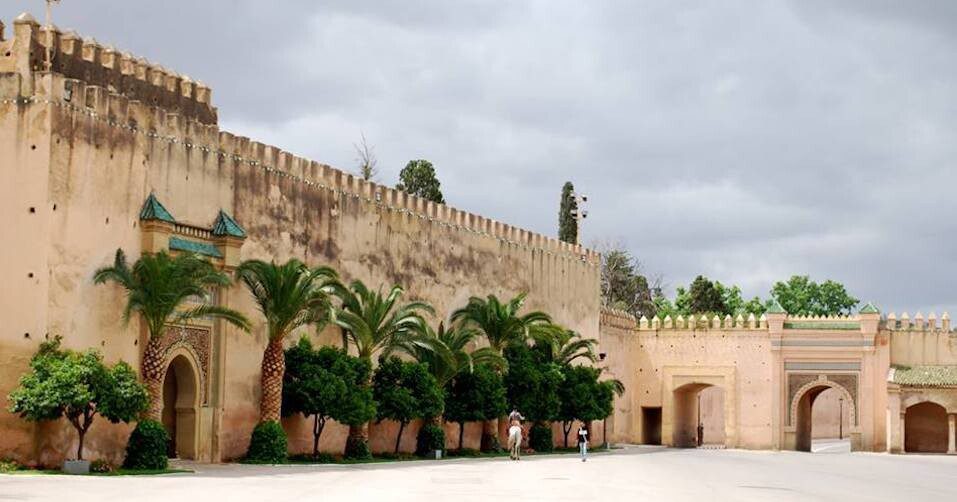
The ancient imperial city of Meknes, the work of the great builder Moulay Ismail, opens the doors to a world of grandeur and refinement wrapped in a magical aura. Colossal walls, minarets, zellij tiles, wood carvings, faience, and stucco work attest to the vitality and richness of Moroccan artistic traditions.
Originally built by the Almoravids in the 11th century as a military settlement, the city derives its name from the great Berber tribe Meknassa, meaning “warrior,” which dominated eastern Morocco.
Meknes served as the capital of the kingdom during the reign of Moulay Ismail (1672-1727). It represents the first major architectural achievement of the Alaouite dynasty.
Its universal value lies in its Hispano-Moorish architecture, which preserves rare remains and remarkable monuments within an evolving urban space. The city was officially listed as a UNESCO World Heritage Site in 1996.
5. Medina of Tetouan(1997)
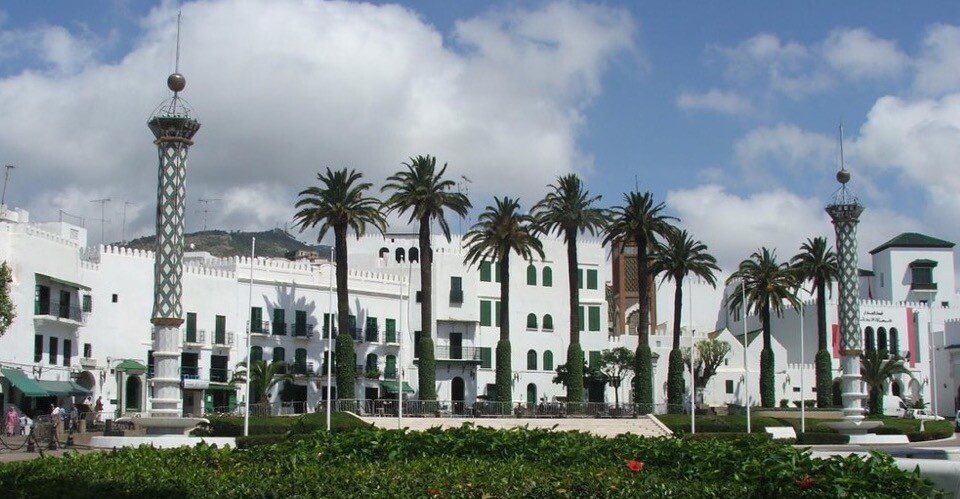
Tetouan, the jewel of the Rif, celebrates the convergence of Arab and Andalusian civilizations on Moroccan soil like no other city. Wrought-iron balconies, austere alleys, vibrant souks, and traditional cotton products brimming with culture and beauty define the spatiotemporal landmarks for every traveler.
The ancient Medina of Tetouan is steeped in history, tracing Spain’s influence in the northern region. Built in the 8th century, it served as the main junction between Morocco and Andalusia.
The Medina of Tetouan was officially declared a UNESCO World Heritage Site in 1997.
6. Archaeological Site of Volubilis (1997)
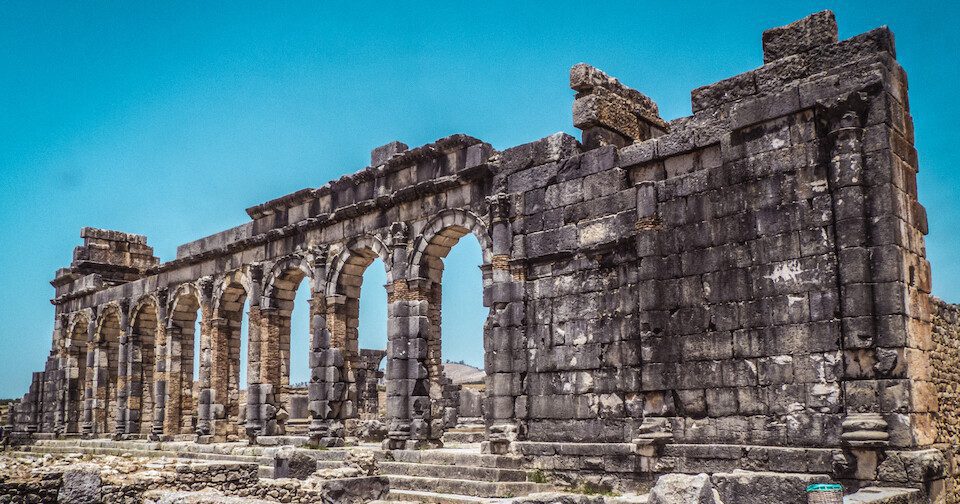
Volubilis transports you back to the era of ancient Mauretania Tingitana. Nestled amidst hills planted with fields and olive trees, this archaeological site houses a true open-air museum of antiquity. With its Triumphal Arch of Caracalla, its House of the Ephebe, and remarkably preserved mosaics, Volubilis captivates history and antiquity enthusiasts.
The Roman site of Volubilis was founded in the 3rd century BC by the Romans, who aimed to establish a strategic base to control North Africa.
Part of the Volubilis site was listed as a UNESCO World Heritage Site in 1997, with the full 42 hectares included in 2008.
7. Medina of Essaouira (2001)
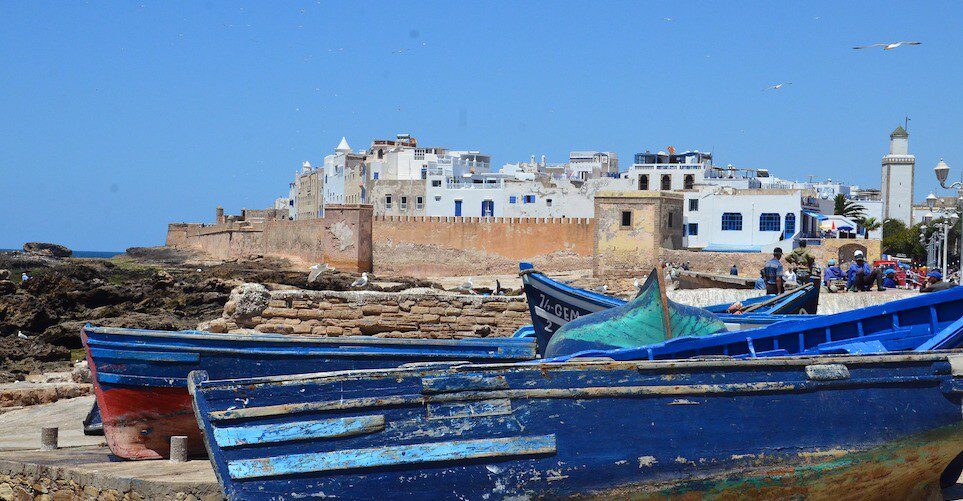
UNESCO fell under the charm of this 18th-century fortified complex. The beauty of the place and its light, combined with a resolute artistic atmosphere, harmonize with the entire setting. Essaouira is a destination for all tastes: history, culture, cafes, and beaches—all can be enjoyed to the fullest.
Its Medina was designed by a French architect and represents a blend of Western military architecture from that period with the principles of Arab-Muslim urban planning. It is beautiful, easy, and safe to explore on foot. It is no wonder that the series Game of Thrones chose it as a filming location for some of its episodes.
The universal value of this port city lies in its urban planning and European inspiration. The Medina of Essaouira was officially classified as a UNESCO World Heritage Site in 2001.
8. Portuguese City of Mazagan (2004)
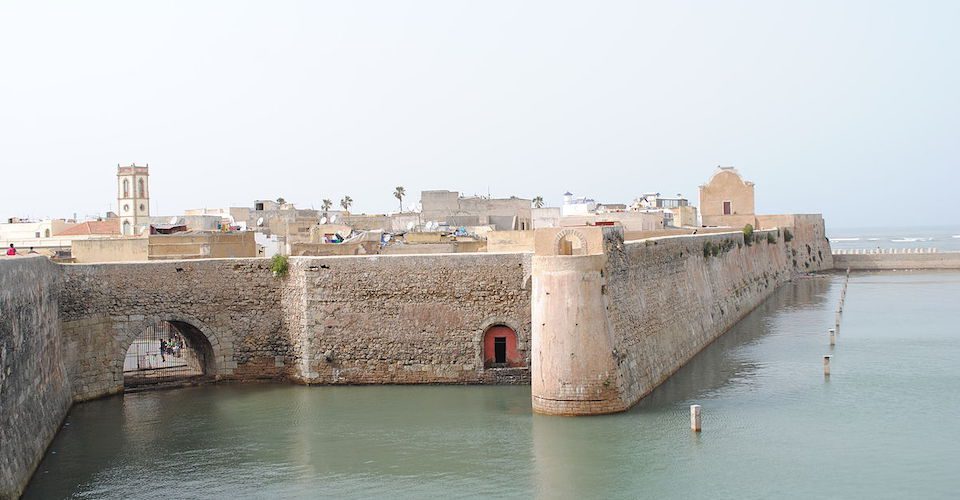
The city of El Jadida “Mazagan” was built by the Portuguese as a fortified colony on the Atlantic coast in 1542, before being reclaimed by Morocco in 1769. The UNESCO-acclaimed Portuguese Cistern and the Church of the Assumption are essential stops on any Moroccan itinerary, though this is no reason to overlook its lively fishing port and stunning beaches along a wild coastline.
The architecture of Mazagan reflects the interplay of European and Moroccan cultures during that period. As one of the first settlements established by Portuguese explorers in West Africa, its historical significance was recognized when El Jadida was officially listed as a UNESCO World Heritage Site in 2004.
9. Rabat, Modern Capital and Historic City (2012)
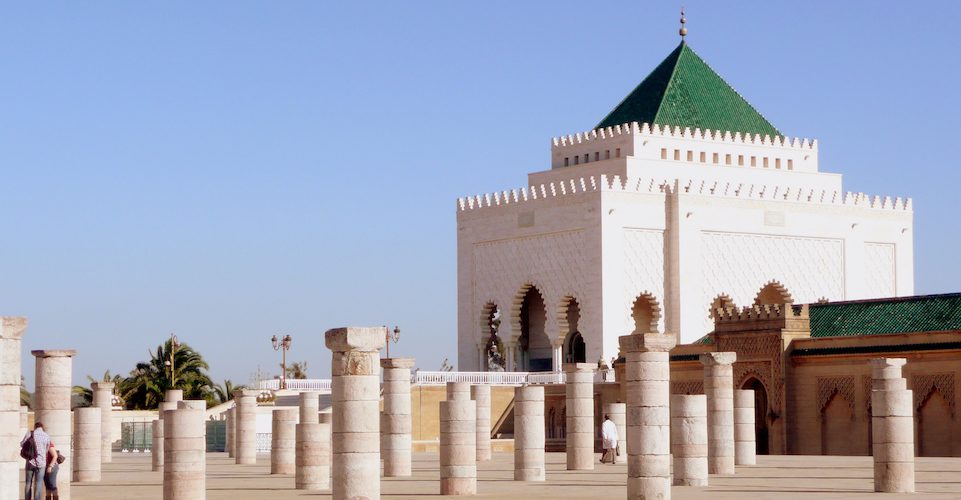
Rabat stands as a living testimony to Arabo-Islamic heritage and Western modernism, tracing the “modernist values of urbanism and architecture in the Maghreb context.”
The city is home to rare remains and remarkable monuments reflecting multiple historical periods. This harmonious blend of tradition and innovation led to its official listing as a UNESCO World Heritage Site in 2012.
Morocco’s Intangible Cultural Heritage
Let us look beyond material treasures. The Cherifian Kingdom also safeguards six pearls of humanity’s intangible cultural heritage:
● Argan, practices and know-how concerning the argan tree (2014)
● The Cherry Festival of Sefrou (2012)
● Cultural space of Jemaa el-Fna Square (2008)
● The Moussem of Tan-Tan (2008)
Contact us for more travel information!

